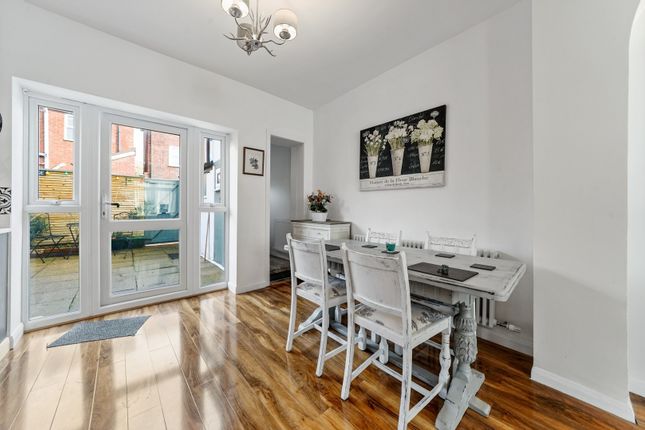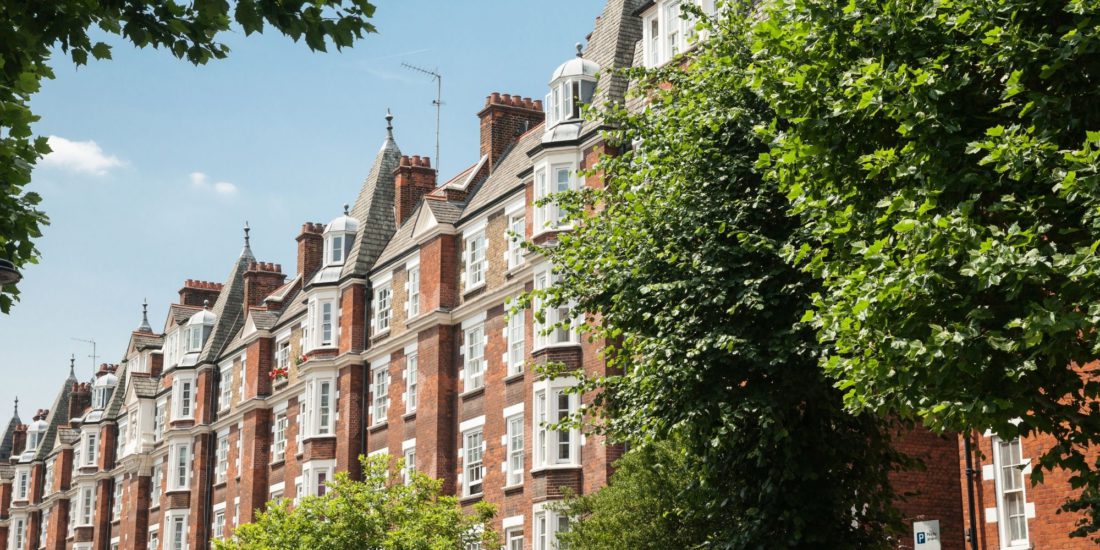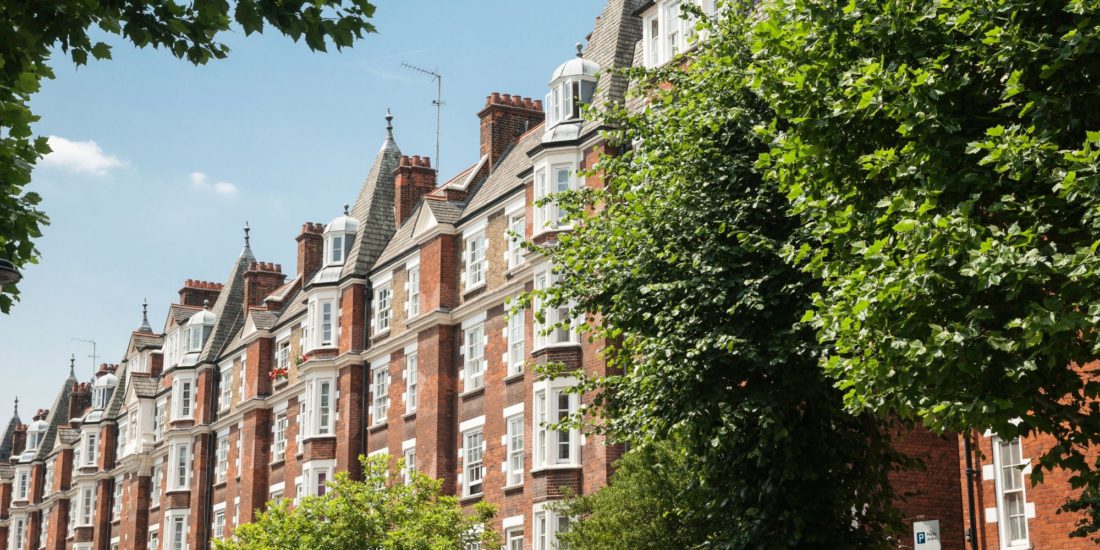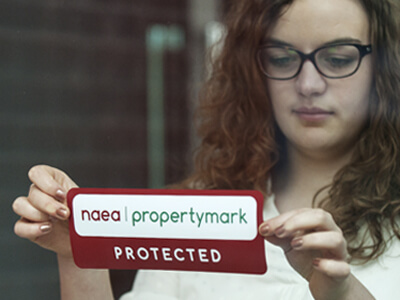The story of 2020 for UK home movers.
2020 was undoubtedly a year that took many of us by surprise. With the COVID-19 pandemic and Brexit negotiations coming to a close, the UK housing market has been through its ups and downs.

The first lockdown saw significant restrictions on the market. In the summer, the Chancellor announced a Stamp Duty holiday, leading to a surge in demand and, therefore, in house prices. When we hit the second lockdown in October, home moves could go ahead, meaning growth continued to be strong through to the end of the year.
Home move comparison site reallymoving.com has revealed ten statistics that together tell the story of UK home movers during 2020. The data is based on 910,000 quotes generated on the site throughout the year.
So, here is who moved and when, how far they went and what it all cost.
- The busiest day of the year for moving home is usually the last Friday in August, but in 2020 it was Friday 18th December, the last Friday before Christmas. Every Friday in December apart from Christmas Day were all among the top 10 busiest days to move in 2020 for the first time.
- The median distance moved by UK homebuyers in 2020 was 10 miles, an increase of 1 mile from the 2019 average. The general trend was for movement to less densely populated locations within urban areas, such as the outskirts of the towns and cities where people already live, rather than to rural villages and hamlets.
- The Top 5 locations where the most properties were bought in 2020 were: London (13.7%), Leeds (1.7%), Birmingham (1.6%), Bristol (1.6%) and Leicester (1.3%). By region, the South East of England saw the most home mover activity.
- Between July-December 2020, the proportion of First Time Buyers fell by 12% compared to the same period in 2019. Over the year, First Time Buyers made up 51% of all buyers int the market, compared to 56% in 2019.
- While 16% of First Time Buyers opted for a new build home over an older property, almost half of those (46%) used a Help to Buy Equity Loan, enabling them to buy with a deposit of just 5%.
- The average house price in England and Wales increased from £293,819 in January 2020 to £352,239 in December 2020, as buyer activity surged post-lockdown.
- Home movers sold their homes for an average price of £313,149 and purchased for an average price of £379,191. First Time Buyers paid an average price of £262,180 for their first home.
- The proportion of First Time Buyers in England liable to pay stamp duty fell from 25% to just 5%, following the announcement of a stamp duty holiday from 8th July 2020.
- The cost of moving home (buying and selling at the same time) plummeted by 39% in 2020 from an average of £10,911 before the stamp duty holiday came into effect to £6,669 after, making 2020 the cheapest time to move in decades.
However, certain costs, such as legal fees, rose due to being directly tied to increasing house prices. Those buying and selling a home typically paid £1,682 in legal fees (+15%) post-stamp duty holiday, including expenses and disbursements, while First Time Buyers paid £1,100 on average (+11%).

The property market took us on a rollercoaster in 2020; it has seen its fair share of ups and downs over the past 12 months. However, through it all, the sector has shown its strength and resilience.
Looking back at the housing market over the course of 2020, there’s a lot to be optimistic about despite the challenging year. Property as a long-term investment is seen as a more stable option than stocks and shares and other more volatile assets. During the year, there was even an increase in demand from first-time buy-to-let investors and landlords.
Overall, the COVID-19 pandemic has changed many sectors’ landscape, but the UK housing market has continued to show its resilience. This year of adversity has further illustrated the market is solid and adaptable.
Contact me today and see how I can help you with your home and move.
Liana Loporto-Browne MNAEA President.
liana@lianaloporto.co.uk
020 8265 5028























